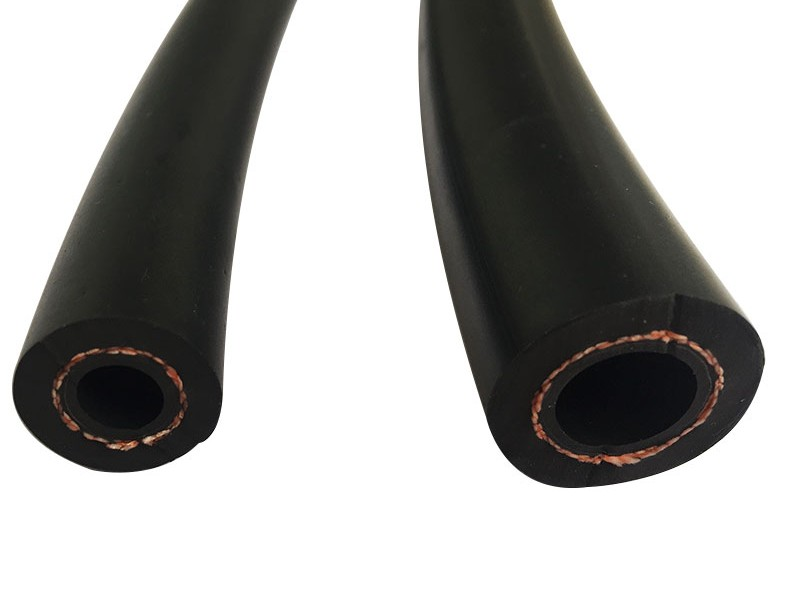12 月 . 03, 2024 14:37 Back to list
Designing Efficient Hydraulic Hose Press Systems for Enhanced Performance and Durability
Understanding Hydraulic Hose Press Essential Aspects and Applications
Hydraulic systems are integral to many industries, providing power and efficiency in machinery and equipment. One critical component of these systems is the hydraulic hose, which is designed to transport fluids under pressure. However, the performance and reliability of hydraulic hoses depend significantly on the quality of their connections and fittings, which leads us to the necessity of hydraulic hose pressing.
What is Hydraulic Hose Pressing?
Hydraulic hose pressing is the process of attaching hydraulic fittings to the ends of hydraulic hoses. This is achieved through the use of a hydraulic hose crimper or press, which compresses a metal fitting onto the hose securely. This ensures that the connection between the hose and fitting is leak-proof, capable of withstanding the high pressures typically found in hydraulic systems.
The hoses themselves are made from a variety of materials, including rubber, thermoplastic, and metal. Each type is chosen based on specific applications, considering factors like temperature resistance, flexibility, and chemical compatibility. The fittings, usually made from steel or stainless steel, must also match the hose type to ensure compatibility and durability.
Importance of Accurate Hose Pressing
The proper assembly of hydraulic hoses is crucial. An incorrectly crimped hose can lead to catastrophic failures during operation, potentially causing equipment damage, safety hazards, and significant downtime. Poor connections can result in leaks, loss of pressure, and decreased efficiency, all of which can compromise the performance of hydraulic systems.
To mitigate these risks, it is essential to follow the manufacturer’s specifications during the pressing process. This includes using the right crimping tool and dies, ensuring the correct crimp diameter, and verifying that the hose is inserted to the proper depth within the fitting. Regular inspections of both the hoses and their fittings can help identify any wear or fatigue before they result in failure.
hydraulic hose press

Types of Hydraulic Hose Pressing Equipment
There are various types of hydraulic hose crimping machines available, ranging from portable handheld units to large, industrial-grade machines. Portable crimpers are suitable for on-site repairs and quick service tasks, while larger machines are typically used in manufacturing and repair shops where high volumes of hose assembly are required.
Electric and hydraulic crimpers are among the most common types. Electric crimpers are often favored for their ease of use and portability, making them ideal for smaller workshops. Hydraulic crimpers, on the other hand, provide more power and versatility, allowing them to handle thicker hoses and fittings often required in industrial applications.
Applications of Hydraulic Hose Pressing
Hydraulic hose pressing finds applications across a multitude of industries, including construction, agriculture, automotive, and manufacturing. In construction, hydraulic hoses are used in equipment like excavators and bulldozers, where high pressure is essential for performance. In agriculture, hydraulic hoses facilitate the operation of machinery like tractors and harvesters, improving productivity.
Additionally, the automotive industry relies heavily on hydraulic systems for brakes, steering, and other essential functions, all of which utilize hydraulic hoses. The manufacturing sector also benefits from hydraulic systems in the operation of machinery, where precise control is crucial.
Conclusion
In conclusion, hydraulic hose pressing is a critical aspect of hydraulic system maintenance and repair. The ability to create secure, reliable connections between hydraulic hoses and fittings ensures optimal performance and safety across various applications. As technology advances, the methods and equipment used for hose pressing continue to evolve, improving efficiency and reducing the risk of failure. By investing in quality equipment and adhering to best practices, businesses can enhance the reliability of their hydraulic systems and ensure uninterrupted operations. Proper attention to hydraulic hose pressing not only extends the life of hydraulic hoses but also contributes significantly to the overall effectiveness of hydraulic machinery in various industries.
-
EN857 2SC Hydraulic Hose Suppliers OEM & China Manufacturers
NewsMay.30,2025
-
51mm Hydraulic Hose Manufacturer China OEM Durable & Custom Solutions
NewsMay.30,2025
-
OEM Rubber Air Hose Supplier Durable Custom Solutions
NewsMay.29,2025
-
High-Pressure Wrapped Cover Steel Wire Spiral Hydraulic Hose Supplier
NewsMay.29,2025
-
Rubber water suction and discharge hose
NewsMar.07,2025
-
SAE 100 R6/EN 854 R6 Fibre Braided Oil Hose
NewsMar.07,2025



